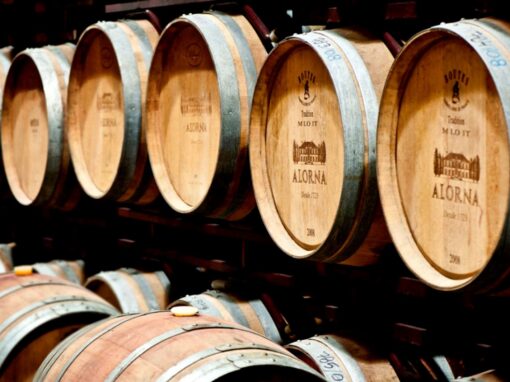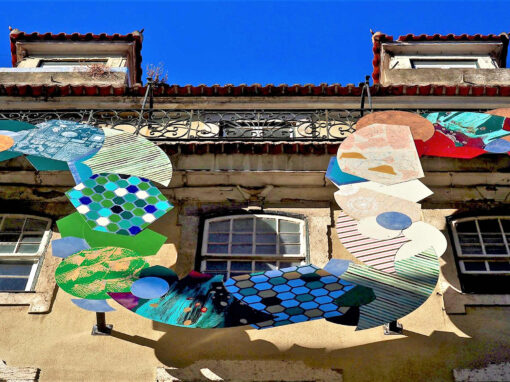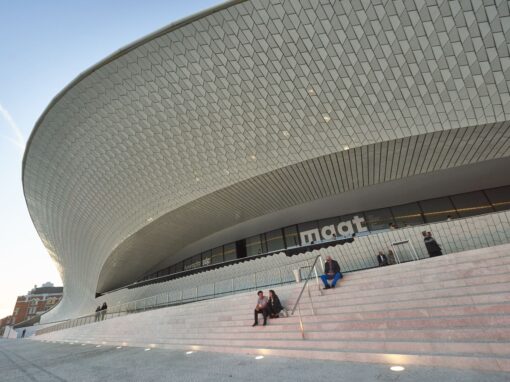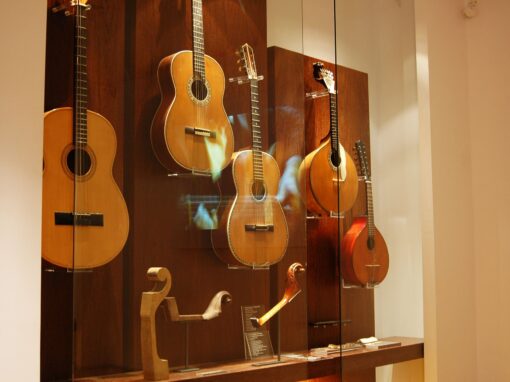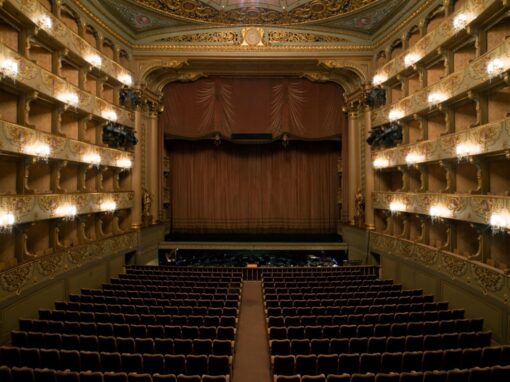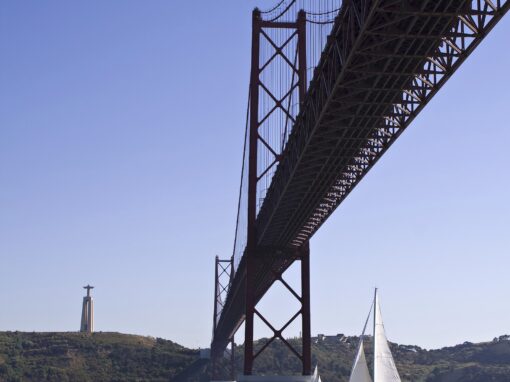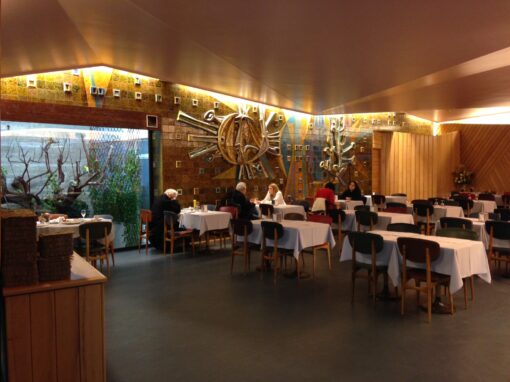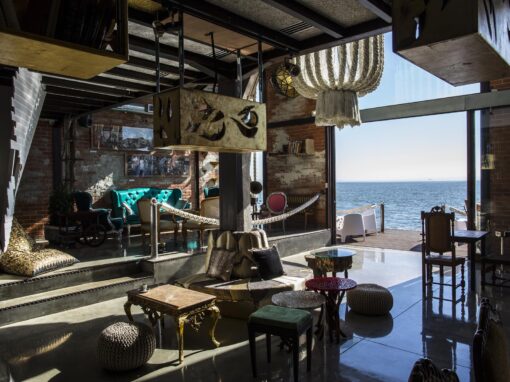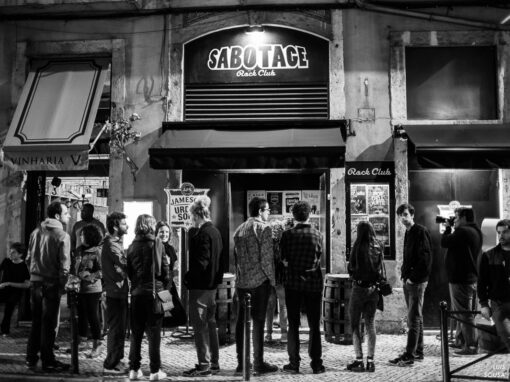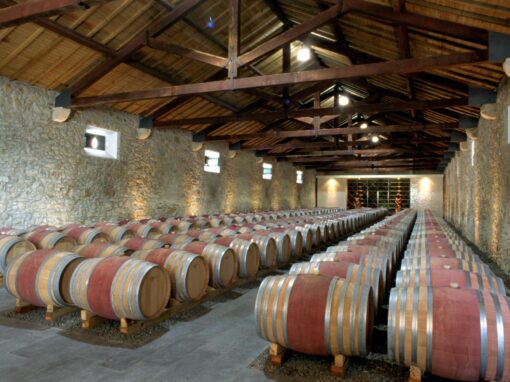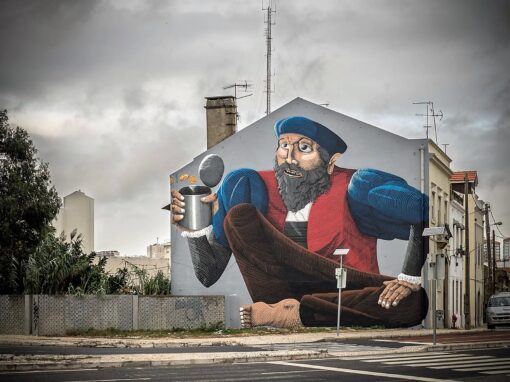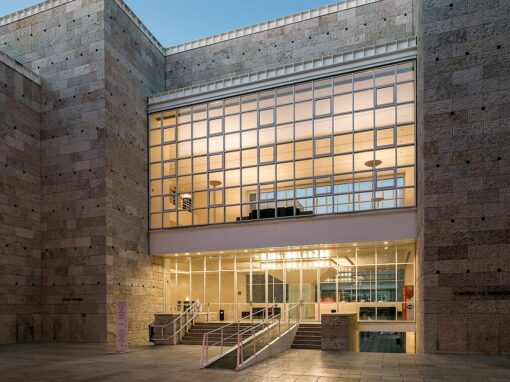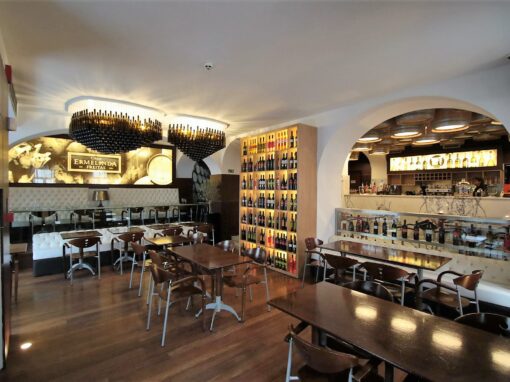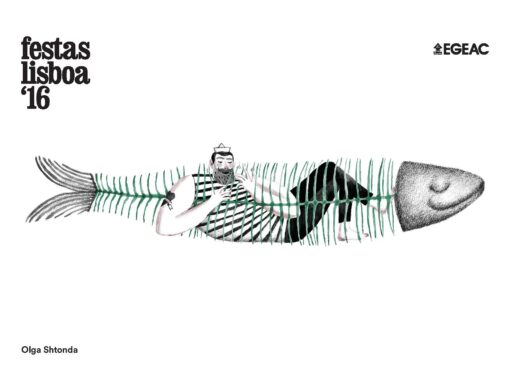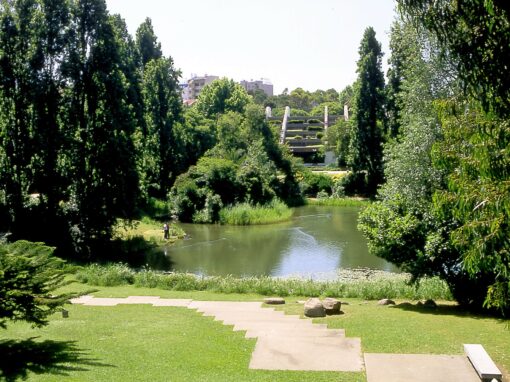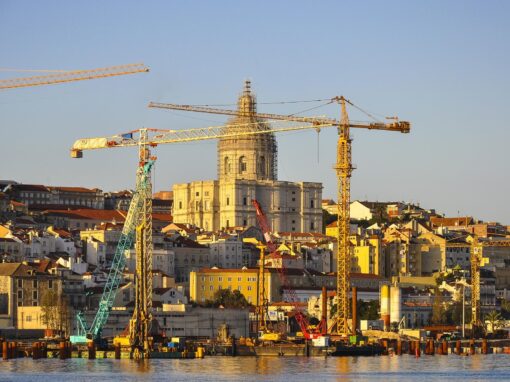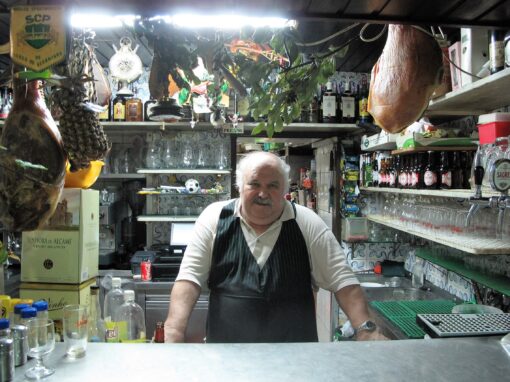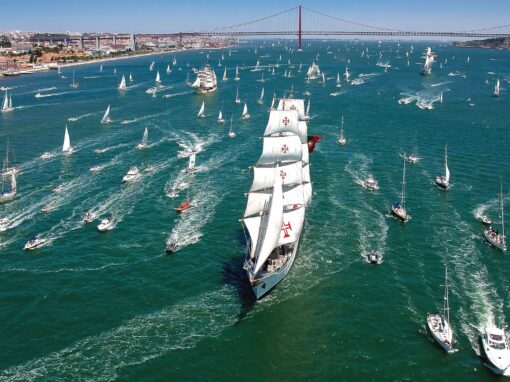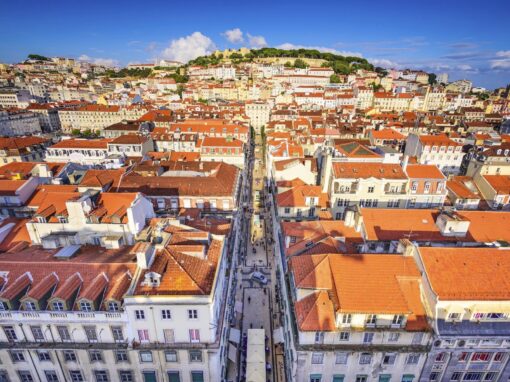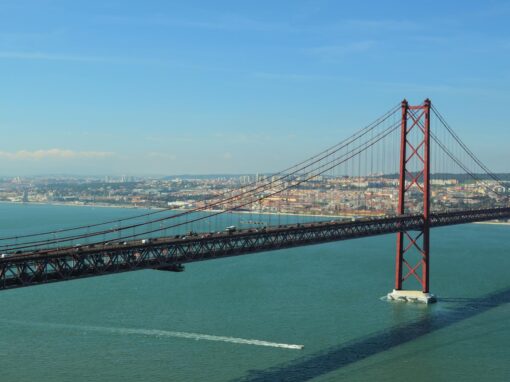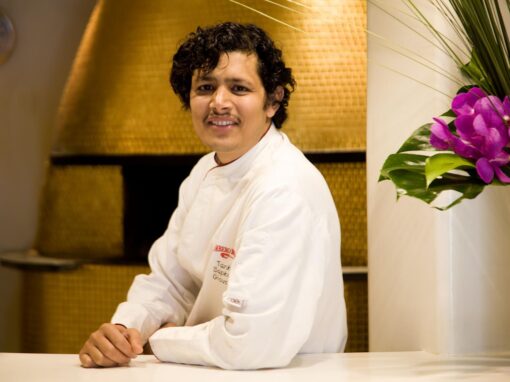Gulbenkian: Continuous Discoveries in the Garden and Buildings

Best Experience Lisbon was recently at the Gulbenkian Foundation. The work of Calouste Sarkis Gulbenkian (1869 – 1955), business man, art collector, philanthropist of Armenian origin, with the Garden as one of its splendours, makes every visit a discovery.
This summer, with the Garden at its peak, the visits to the Garden and the Gulbenkian Building were resumed, making it possible to see them in several perspectives, namely on Wednesdays in the late afternoon.
There are also several permanent paths in the Garden, designed by Gonçalo Ribeiro Telles, the landscape architect in charge of the garden’s project.
Ribeiro Telles offers three options: the Light and Shadow Path, the Lake Path and the Waterfront Path. These paths, besides showing us the life of the Garden today, offer the chance to travel, to make an excursion through the founding concepts of this space, the history of all the process of construction and the history of this place. With this itinerary you get a brief idea of the different spaces of this Garden. For that discovery and experience to be complete you must use your senses, because it is through them that you grasp the living world that this Garden is.


The Light and Shadow Path allows you to discover a series of scenarios in the Garden. You arrive at the Lake Path, considered the heart of the Garden, by taking several small, almost secret paths. The dense vegetation won’t let you see the entry, but the plants around the path allow you to guess the presence of water.
The Waterfront Path explores the notion of limits, of extremities, and is completely new, revealing new places and moments that appeared in the context of new interventions in 2000.
There are also two other paths suggested by the Foundation: the Scent Path, which reaches its peak in springtime, and obviously appeals to the discovery using the sense of smell, and the View Path which encourages you to visit the Garden in every season, unveiling “other gardens”, colours and even smells.
The buildings and the Garden of the Calouste Gulbenkian Foundation are separate parts of a total intervention. They complete and give value to each other, both in an aesthetic point of view and in the tasks that each has to fulfil on their separate environments.


(photos by José Manuel Costa Alves and Dora Troncão)
The Calouste Gulbenkian Foundation has a Modern Art Centre, a Museum and several stores and restaurants, apart from an Art Library and several auditoriums with an extended and selective cultural programming.
Come and see up-close one of Lisbon’s, and Portugal’s, icons.
